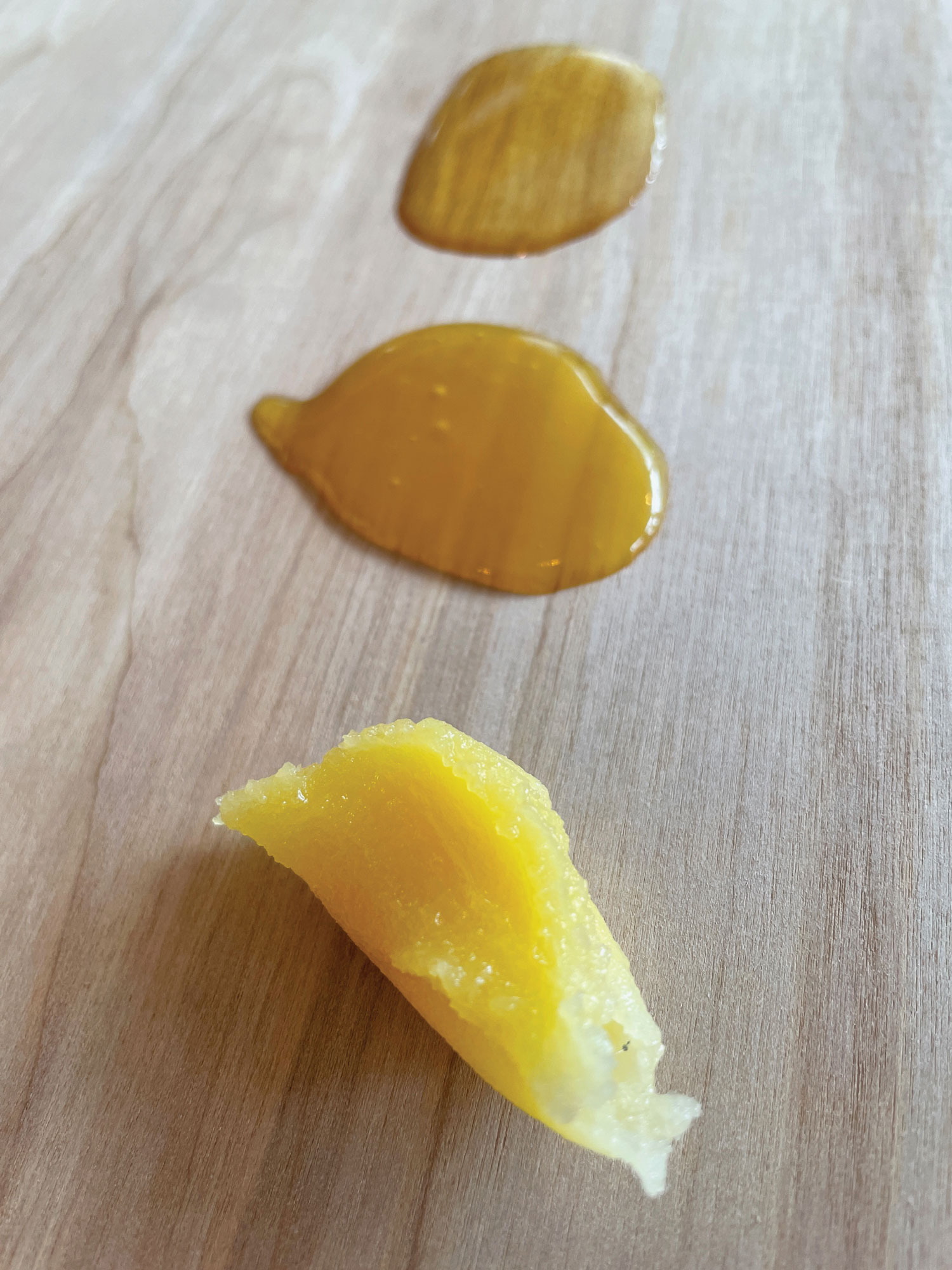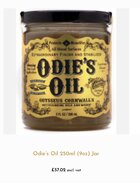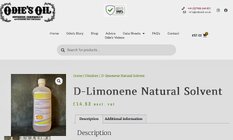Jim, I am a former Odie's oil user, in the sense that I added Odie's Oil to my arsenal and then stopped using it because it wasn't any better than other finishing approaches I use at a lower cost (though I don't find the cost of finishes to be a determining factor).
So, for a less costly but similar finish (one-step, hard wax oil finish) I would go with Osmo Polyx (which, BTW, prevailed in the recent Fine Woodworking hard wax oil review, though it was considered to be less protective than Odie's).
If the solvent-free feature of Odie's is important, I would suggest Tried and True Original, which, like Osmo, is about 1/2 the cost of Odies. It is, however, a bit of an effort to apply and buff and so takes longer to get to a final finish. It is a soft-ish finish, but with a nice gentle glow.
But, as others have said, if you don't mind the two-step of "finish-then-wax", you could get similar or better results without much extra effort (and at a much lower cost than Odie's or any of the hard wax oils) with an oil or Danish Oil followed by wax/buff, adjusting the buffing to get the level of sheen you want. I use polymerized tung oil and microcrystalline wax (e.g. Renaissance) for this approach. Doctor's has a few walnut oil / microcrystalline wax products in this category.





